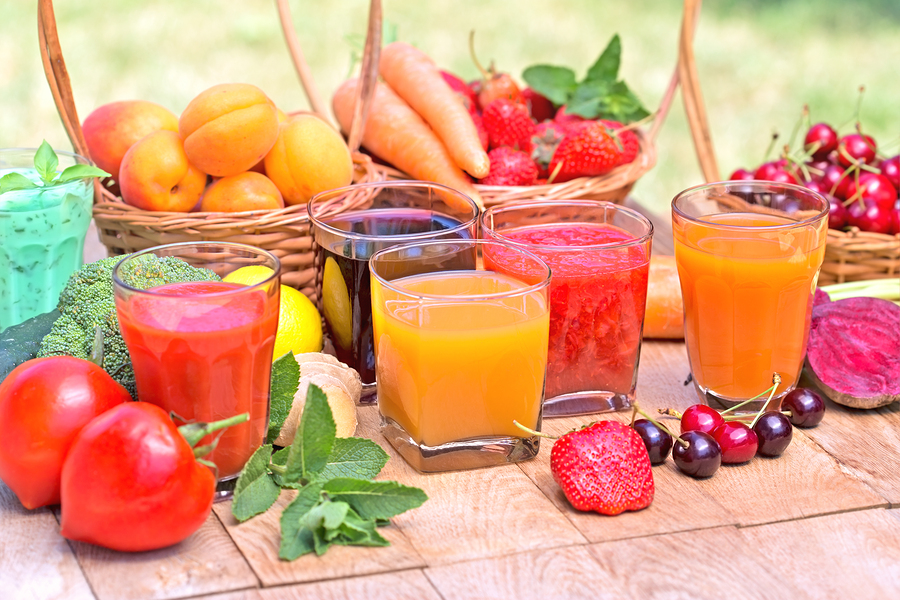- Make It Yourself Lavender Heart-Shaped Bath Bombs!
- 20 Things You Never Knew About “Down There”
- 12 Best Foods For Those Suffering From Arthritis Pain
- 12 Personal Hygiene Mistakes Almost Everyone Makes (Mom Never Told You About #4!)
- 15 Medicinal Plants And Herbs From The Cherokee People
- 12 Mind-Blowing Benefits Of Drinking Coconut Water During Pregnancy
- 12 Outstanding Winter Foods That Won’t Fatten You Up Like A Christmas Turkey
Avoid These Common Juicing Mistakes

Photo credit: bigstock.com
First popularized by the legendary Jack Lalane in the mid-twentieth century, in the past few years juicing has experienced a resurgence in popularity and become one of the hot new trends in the health world. Juicing fresh fruits and vegetables is one of the single most beneficial changes a person can make to their diet.
Unfortunately, many juicing enthusiasts make some critical mistakes when preparing their juice which the negate the benefits. This article will break down the most common juicing mistakes and how you can avoid them to get the maximum benefit from your juice.
Mistake №1: Using too much fruit
This seems a little counterintuitive. Fruits are supposed to be good for you, right? Well, yes, they are, but when it comes to juicing, it can sometimes be too much of a good thing. It isn’t a question of “overdosing” on the vitamins or antioxidants found in fruit, but on the sugars they contain. Using too many individual pieces of fruit or too many sweet vegetables like carrots can produce juice with very high levels of sugar in it.
When you eat an apple, for instance, you are getting the sugar content of just that one apple. If you juice that apple instead, you remove the sugary juice of the apple from its naturally occurring context (the fruit fiber itself).
Modern, super-efficient juicers allow you to juice many fruits at the same time, producing a beverage with the sugar content of many different fruits in just one small glass. The result is a drink that is very, very high in sugar and can spike your blood sugar levels very quickly upon drinking. Doing this on a regular basis is not healthy. As an example, take a look at the sugar content of a typical bottled juice from the grocery store.
One 8 oz glass of V8 Fusion Pineapple Strawberry juice has 24g of sugar. If you were to drink 4 glasses over the course of a day, you will have consumed nearly a hundred grams of sugars, without even including any of the solid food you ate that day. To eliminate this risk, simply moderate the amount of fruits and sweet vegetables you put in each batch of juice you prepare. A good rule of thumb is to only use one serving of sweet items per serving of juice. Exceptions to this rule are lemons and limes since they are very low in sugar.
Mistake №2: Using the Same Greens Over and Over
Yes, kale is very healthy, but only using kale all the time, year after year, will lead to problems. Different green vegetables contain different vitamins and minerals and in different proportions. It is beneficial to rotate different kinds of greens as the base for your juices in order to reap the benefits they each have to offer.
In prehistoric times, foods were only available seasonally. It was not natural to eat the same food over and over again all year round. Rotating your greens can mimic this process. Changing up the greens in your juice also provides a variety of flavors and will rid you of the boredom of drinking the same thing everyday.
Continue to Page 2
































